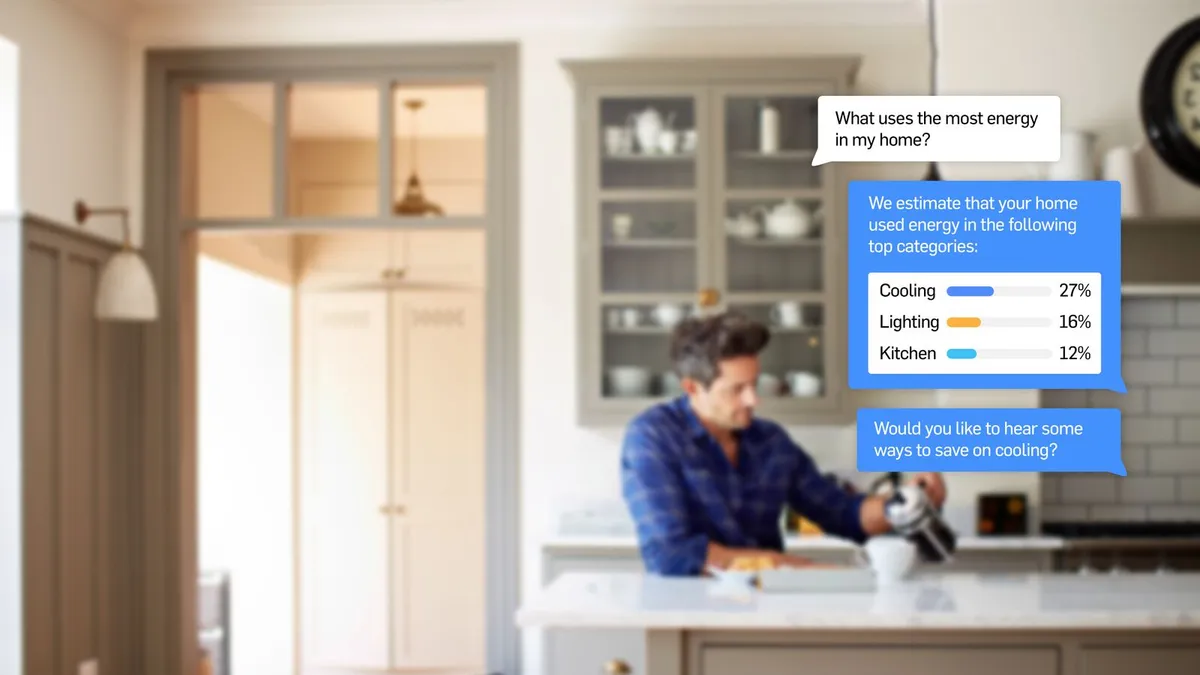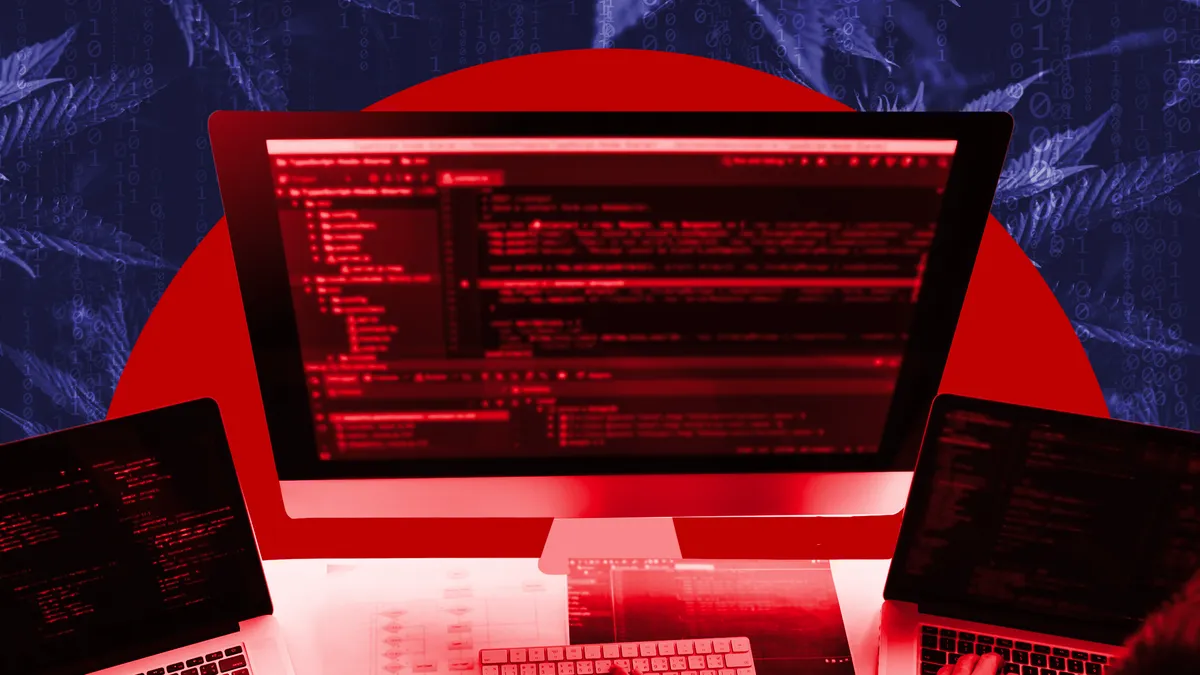The following is a contributed article by Laura Frantz, Lead, Utility Customer Experience and Voice Strategy, ICF.
Consumer adoption of voice applications and in-home smart speakers, such as the Amazon Echo and Google Home, has reached tremendous heights.
Today, 76 million Americans own a smart speaker — up from 50 million in June 2018. Further, nearly all smartphone owners (97%) have used a voice assistant, like Apple's Siri, on their mobile devices, and one in four rely on one daily.
On the industry side, the proliferation of voice technology has given companies across sectors a new platform to strengthen customer relationships and add value. The energy industry has started to recognize the promise of voice as a largely untapped modern channel for utilities to engage with customers.
This shift comes during a time when customer expectations have become central to utility strategy.
Today, there are several voice apps that are in use by utilities and broadly available to customers, with others experimenting with voice apps in smaller, closed pilots. Despite a growing dialogue and forward strides among some key players — including TXU Energy, Xcel Energy and Indiana Michigan Power — the utility voice landscape remains nascent.
Some utilities are starting to understand the importance of developing a voice strategy, but many don't know where to start. Honing in on customer needs and drawing inspiration from outside industries can provide a strong jumping-off point.
Evaluating customer interest in utility voice insights
Recent data reveals high consumer interest in receiving information from utilities relayed via voice technology. In fact, an ICF study of 1,000 new home buyers, who are customers of five different utilities across four states, found that a majority (63%) already use a voice assistant.
Many expressed that they would like to receive specific insights from their utility through a voice app that shares information on:
- Bills: 44% of customers want to receive high bill notifications; 39% want to hear ways to lower their next bill; and 36% want to know their anticipated electric bill.
- Usage: 34% of customers want a comparison of their energy usage to similar homes.
- Efficiency: 32% of customers want energy-saving tips; 31% want to hear about EE programs.
Some buyers indicated they didn't see a need to use voice-assistant technology because they already receive energy-usage information through other means. Successfully reaching these individuals — and appealing to customers across the board — will require utilities to extend their voice functionalities beyond generic information, to deliver in-depth, customized insights and money-saving advice.
Forward-thinking providers may want to take this a step further by exploring an avenue that utilities have not publicly pursued to date: developing a custom voice assistant to deliver a more personalized experience that boosts engagement between utilities and their customers.
Looking forward: Maximizing personalization through custom assistants
Most existing utility voice apps built for Amazon Alexa and Google Assistant allow customers to interact in limited ways, centering mainly on billing and generic tips. For instance, they might say "Keep the intake vents in your home clear of objects" or "Add solar screens to your windows."
A majority of voice apps do not currently provide information specific to the user, based on data received from linking to the user's utility account and offering clear usage context, such as, "Your heating and cooling costs are twice as high as similar homes in your area."
Looking ahead, more utility voice apps on the market will begin to offer features like bill payment functionality and the ability to set alerts. Sharing personalized energy consumption status reports and other insights will become the norm.
Outside of the energy space, many companies are already successfully doing so.
While utilities are embracing Amazon and Google's platforms as a first step in establishing their voice presence, these apps comprise just a small portion of the wider voice universe. Top companies across industries from banking to healthcare are leading the way with a more innovative approach: building their own custom assistants, which leverage conversational artificial intelligence (AI) to enhance the consumer experience. These assistants can be embedded in mobile apps, websites and hardware.
Bank of America, for example, developed its own custom virtual assistant called Erica. Powered by AI and harnessing the power of voice, Erica helps customers with a variety of tasks — from locking and unlocking debit cards to scheduling payments and accessing credit scores. The voice assistant has engaged more than 7 million customers nationwide and completed over 50 million requests in just a year.
In the healthcare space, Suki is an artificial intelligence-powered, custom voice assistant developed for doctors. Suki is HIPAA-compliant and can capture exam notes, pull up medical records and deliver test results. Suki reduces the amount of time physicians spend on medical notes by 70% and processes more than 1,000 patient interactions every week.
Companies already know their user bases well. Taking the custom route enables businesses to retain complete control over the user experience, including all of the branding and data that go into personalizing voice assistants.
In order to stay relevant in an increasingly voice-centric digital space, utilities may want to examine this route, looking to Erica and Suki as successful models that they can emulate and adapt to meet the demands of energy consumers.
Addressing privacy concerns to instill consumer trust
While consumer interest in voice is strong, two in five (41%) digital assistant users are concerned about trust, privacy and the possibility of passive device listening. As such, utilities must understand and take proactive steps to address customer privacy concerns in the process of developing a voice strategy.
Utilities should consider how to communicate voice tech privacy protocols to customers directly, taking proactive steps to assure customers that Alexa and Google Assistant voice apps are made secure through a single sign-on with utility accounts and other authentication protocols.
Alternatively, utilities might consider quelling concerns by building a custom assistant. Rather than using Amazon or Google's platform, this approach comes with lower risk of privacy violation. A custom assistant might also be particularly appealing for older-generation customers with a longstanding utility relationship.
Additionally, utilities can turn to the healthcare and banking industries for guidance on ensuring user privacy in voice interactions — these sectors are enhancing apps and customer service calls with voice authentication and biometrics.
Suki, for instance, addresses privacy concerns by requiring a prompt from someone in the room to enable listening. In addition, Suki encrypts audio data on the device and in transit to HIPAA-compliant clouds, and conducts run-time analysis in order to detect suspicious software behavior and protect against breaches.
In the financial services sector, leading banks from TD to Citi are using voice biometrics to ensure security in customer service interactions. This technology identifies customers in seconds by their "voice print," which, much like a fingerprint, is unique to each person. Customers can opt in to this function by recording their voices, which is used for automatic identification on future calls.
Building a smart strategy for a voice-powered future
To make sense of this massive new space, companies are documenting their thinking and decisions into an overall voice strategy. A strong strategy should:
- Include customer input collected from traditional feedback outlets, customer surveys, focus groups, interviews, and design-thinking workshops to ensure that the strategy addresses real customer needs versus what executives assume users want.
- Consider input from a variety of other stakeholders, including subject matter experts that specialize in voice and trusted utility advisors.
- Clearly define how voice fits into their overall customer engagement approach and supports existing business goals — and invest in the necessary personnel and corporate infrastructure.
- Ensure user privacy and satisfaction by leveraging best practices from outside the utility industry, including voice authentication.
- Incorporate functionality that extends beyond billing and generic tips to include personalized insights that connect users with real-time information.
With voice adoption projected to increase in the years ahead, now is the time for utilities to get on board. Voice technology is not simply an innovative idea; it's a fundamental change in interface. Soon, voice will be a necessary tool for growth rather than a next-generation offering to a select group of customers.
Consequently, leveraging strategies from outside industries to personalize experiences and build trust is imperative for utilities looking to stay relevant as customer behaviors, preferences and expectations evolve.

















